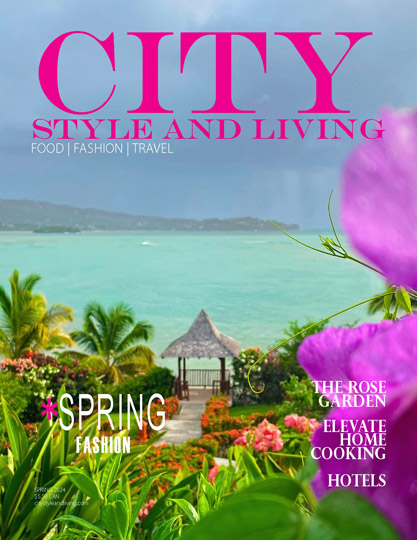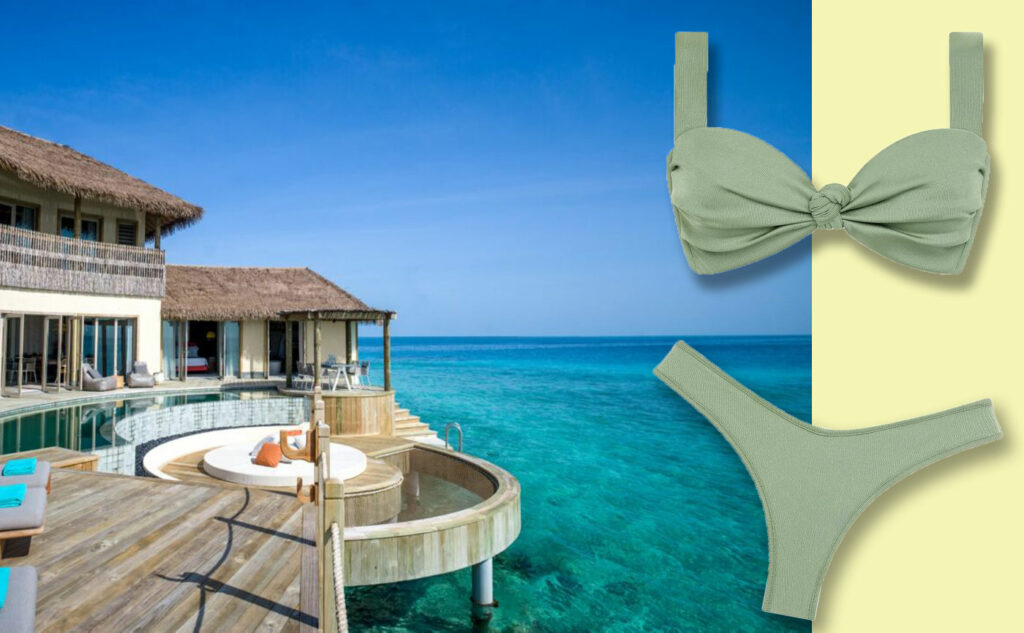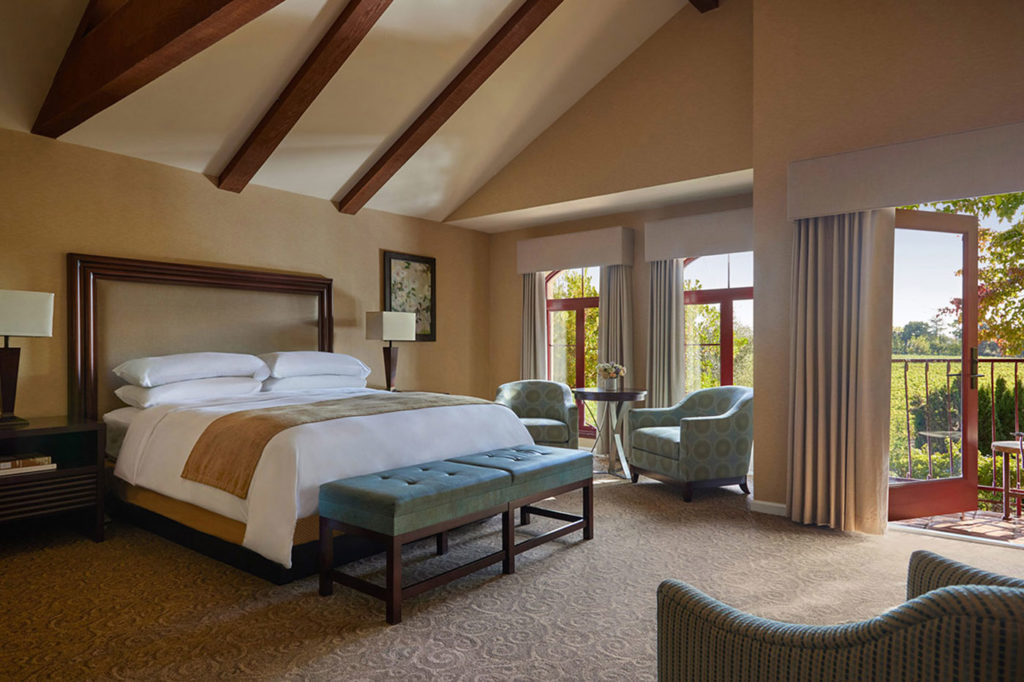
TOUCHING DOWN
Lincoln Road at night is a menagerie of colourful umbrellas, sidewalk cafes full of patrons and the pulsating neon lights of art deco buildings that illuminate historic hotels. There’s even a 1950s hot pink Cadillac parked outside of one former hotel. The whole scene positively screams Miami cool.
Along with two friends, we’ve come to celebrate a birthday, soak up the sun, and drive the legendary Overseas Highway (Highway 1) from Miami to Key West. Where better to start than a city known to rev up the heat?
HOT HOT HEAT
South Beach offers a sort of strange 21st century deception – skyscrapers emerging from the ocean, crimson at sunrise and luminous at sunset as if these buildings too were part of nature’s cycles. It’s not just beautiful buildings though, there are plenty of beautiful people. Though the heat index is soaring, the beaches are packed with hordes of bronzed visitors, sunbathing or wading in the warm water.
While airplanes brandishing messages of love and politics fly overhead, we decide to chase the iconic lifeguard stations that litter the beach. Fusing function and form and creating a unique architectural style in the process, these 29 stations date from the 1990s after the devastation of Hurricane Andrew. Staggered by street number along the beach, we search for our favourites – from a purple and yellow beauty on 12th street to the patriotic red white and blue of 13th street.
FEELING FRUITY
Miami’s subtropical climate makes it ideal for growing exotic plants. Fruit and Spice Park, a 37 acre farm in Homestead, 45 minutes from Miami grows numerous varieties of mangoes, herbs, flowers and edible fruits and plants. A narrow road lined with tall palm trees leads us to the entrance of the park. Inside, an array of tropical fruit is on the front desk ready for us to sample – succulent sweet longan, bright orange mangoes, lucuma and egg fruit.

CASTLES IN THE SKY
It’s easy to assume that we’ve driven into a European villa at Vizcaya Museum and Gardens. From the wrought iron gates to a sunken esplanade and Doric columns it looks like the Venetian dreamscape of its original owner the industrial executive millionaire James Deering.
Built between 1914 and 1922, Vizcaya was his winter home. The house, though Baroque in appearance, is equipped with all of the most modern amenities of the time including a water filtration system, heating and elevators. Remarkably grand in scale and decoration in every sense (we spot numerous hidden entrances), we spend a delightful morning touring the formal garden where clever repetition, grey stone sculptures sitting amongst varying shades of green, flowing water fountains, live oaks and Australian pines pruned with precision make it a sensory experience.

THE CAR
What’s a road trip without the right car? In a town like Miami where luxury cars are everywhere, the 2015 Buick Regal LS felt like a peer amongst German and Italian models. It’s a sophisticated luxury sedan that oozes style to go along with its comfortable ease of handling and excellent high performance. We loved the extremely informative features like side mirror vehicle warning – excellent for blind spots during a lane change (especially on busy freeways), and the reverse cam to keep us informed of impending objects.
Inside, the contoured interior felt spacious, (able to fit luggage and carry-on bags), and, driving with the sporty sunroof open, enhanced the Florida sunshine. The keyless entry was especially handy when holding multiple shopping bags. Using the GPS system, we did make a few wrong turns (there seemed to be a delay in voice directions and at times the word ‘bear’ meant both turn and veer which was difficult to differentiate), though we did we noticed the excellent gas consumption on the highly visual dashboard.
COCONUT WOMEN
Gawking at the pervasive art deco style in South Beach is one thing, but there are also gems in Miami’s residential areas. In Coconut Grove, we circle the narrow streets lined with arched oak and banyan trees to find Plymouth Congregational Church, a stone structure built in 1917 with a fairytale like exterior, a mix of creeping green vines, palm trees and pink flowers in planters. Nearby Coral Gables, considered Miami’s first planned community, is a hotbed of Mediterranean Revival homes.
We search for the Granada and Alhambra archways commissioned by George Merrick in the early 20th century. The real estate developer known as the planner of the City of Coral Gables wanted the architecture to resemble the Mediterranean and even provided the coral rock used in construction. The result is a Mediterranean style taken unabashedly to the tropics.
SEE THE SEA
A local tips us off to the newly opened Pérez Art Museum Miami. “Even if you don’t like art, you have to visit for the views of Biscayne Bay.” Modern artwork from international artists is set across 200,000 square feet of indoor and outdoor programmable space. Designed by Herzog & de Meuron, the stark modernity is contrasted by enormous hanging gardens, while the veranda delivers an eye popping view of azure water and gargantuan cruise ships.

THE ROAD LESS TRAVELLED
Linked to the mainland by the U.S. 1 (overseas) Highway, the 120-mile-long (193-kilometer) Florida Keys island chain is a bucket list road trip. The stretch of road takes us from skyscrapers through farmland and swampland, until eventually the scenery gives way to a narrow two lane highway with the Atlantic Ocean on one side and the Gulf of Mexico on the other.
GLASS BOTTOM ADVENTURE
Soon we arrive at John Pennekamp Coral Reef State Park in Key Largo, home to the only living coral barrier reef in the continental United States and the third largest coral barrier reef system in the world spanning 6 to 7 km wide and extending 270 km.
None of us are certified scuba divers so we opt for the next best option – a glass bottom boat tour. The high speed catamaran begins in mangrove and then ventures into the shallow reef. The glass bottom is portioned into a graph like quadrant system which makes it easy to spot the fan, elkhorn, brain and star coral, yellow and black striped sergeant major, sharks, turtles, yellow snapper and parrot fish swimming around.

THAT’S WHERE WE WANT TO GO
Back on the highway, we crank up the radio for the ride. As we near the larger keys (from the Spanish word cayo meaning islet), signs of habitation spring up in the form of fishing boat charters, motels, houses and gift shops selling psychedelic paraphernalia. Mostly though, the road is a shimmering show of perspective. At its most spectacular near Seven Mile Bridge all we can see are the roller coaster like undulations of the highway. Meters away the sometimes skeletal remnants of former bridges and roads – incarnations of the railroad system constructed by Henry Flagler – dangle from the ocean.
DEER OH DEER
On Big Pine Key we stop to catch a glimpse of the native Key deer. Our search is little more than my direction challenged girlfriends and I driving around aimlessly along back roads. Our search for the ranger station (and some clue as to where the deer are hiding) is fruitless and we eventually get lost and decide to turn around. We end up in a residential area and just as we are about to get back on to the highway, we spot a family of key deer, happily munching on some food in the bushes.

SOUTHERNMOST CITY
Mile marker 0 is firmly ensconced near a traffic light on Whitehead Street in Key West. This is where highway 1 begins or ends, depending on your point of view. Our enthusiastic driver from Old Town Trolley Tours of Key West is keen to point it out. During the 13 stop drive we go as far as Roosevelt Boulevard next to the ocean, pulling in to the East Martello Fort and Museum where several green iguanas are sun bathing on the grass. In town, our driver sarcastically blurts out, “love those bicycles,” shaking his head at the lack of etiquette amongst tourist cyclists. Upon making a sharp turn to visit the Key West cemetery on Solares Hill, we see numerous family plots, amazing monuments and even some cheeky tombstones, “At least I know Where He’s Sleeping Tonight,” reads one.
Key West has been described as everything from eclectic to kooky. One thing is certain, it has an independent streak. Called the Conch Republic by locals because of its secession threat and stalwart stand against the United States government in the 1980s, it has a slow pace perhaps influenced by its Caribbean neighbours (Cuba is not far away).

KEYS TO KEY WEST
We join the swarms on Duval Street, past Sloppy Joe’s bar (where Ernest Hemingway was a regular) and, at sunset, watch the jugglers, acrobatic cats and stilt walkers in Mallory Square. One day, we pop into the Key West Aquarium greeted by a small touch tank filled with conch, starfish, urchins and giant hermit and horseshoe crab. Mere metres away nurse, sandbar, and bonnethead sharks and a few turtles swim in a larger enclosure. There are families with children glued to the tanks of jellyfish, alligators, and tropical fish until the announcement of the shark feeding sends them into frenetic excitement.
Another day we stumble upon the Ernest Hemingway Home and Museum. The first hosts we encounter are the cats – dozens of six-toed felines roaming the property – descendants of the beloved cat owned by Hemingway. The guided tour inside the 19th century Spanish colonial style home reveals an intimate look at the writer’s life in Key West with photos, books and manuscripts throughout.

We walk down Whitehead Street toward the pier where we come to the Audubon House and Tropical Gardens. Outside, the lush gardens are brimming with orchids, bromeliads, rare tropical palms and crotons. We follow the paved brick pathway and enter the house, built by C John Huling Geiger in the 1840s as a residence for his family. The restored home is a living museum of well kept rooms, immaculately polished wooden staircases and walls scattered with artwork including those of artist John James Audubon. The crowning glory is a small room dedicated to the painters ‘The birds of America’, including the beautiful white-crowned pigeon.
Most days, we wander the streets marveling at the shotgun houses in Old Key West. The clapboard exteriors with their colourful shutters and cute gardens epitomize Key West style. Carefree but oozing charm – that’s how it is in the land of sunshine.
This article originally appeared in the Winter 2014/15 issue of City Style and Living Magazine. Want more Miami and the Florida Keys?












